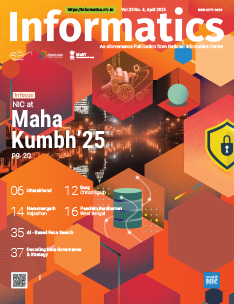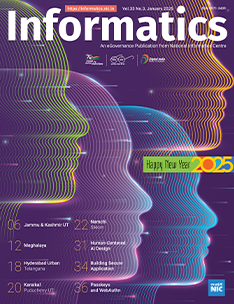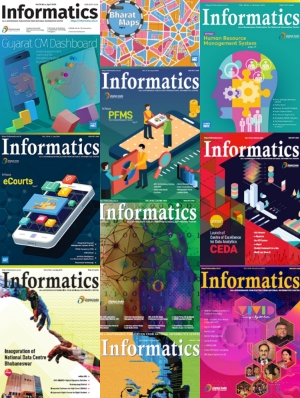eGov AppStore launched

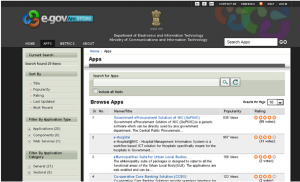
The eGov AppStore was launched on 31st May, 2013 by Hon'ble Minister Shri Kapil Sibal, in the presence of Secretary DeitY Shri J. Satyanarayana, Mission Director, Shri B.K.Gairola, DG, NIC, Shri M.Moni, and senior officers from NIC and DeitY. Some of the NIC state centres like Lucknow, Hyderabad, Chennai, Tripura and Rajasthan attended the inauguration through VC.
The eGov AppStore (http://apps.gov.in/) aims to be a National level common repository of productized applications, components and web services that can be re-used by various government agencies/departments at Centre and in the States, with the vision to accelerate delivery of e-services as envisaged under NeGP and optimize the ICT spending of the government. Core and common applications that have high demand and are replicable across the central and state levels will be available on the eGov AppStore, which shall be hosted on the National Cloud.
The main objectives of this AppStore include speeding up the development and deployment of eGov applications, easy replication of successful applications across states. It also aims to avoid duplication of effort and cost in development of similar application and ensure availability of certified applications following common standards at one place.
eGov AppStore enables a user to view, sort, search and filter the list of applications, components and web services. It provides basic information about an application and its contributor details. The user can provide feedback and rate an application. Applications are made available as Runnable applications (which are made available from the central servers on cloud or otherwise) and Downloadable applications (which can be downloaded, installed and used). eGov AppStore allows authenticated users to download application code/database and contribute new applications. eGov AppStore provides various metrics on published applications and visitor statistics.
User may see the demo URL, for test run of the application. For downloadable applications, authenticated users can download the application code and database. They can then deploy the downloaded application and database in their own environment. For Runnable applications, users can request the contributor for creating the application instance. Once the administrative formalities are completed, an instance will be created for testing/use. Publishing an application in the eGov AppStore is a three step process. Authenticated users can contribute an application. Contributed application will be validated by the Validator. In the last and final stage, eGov AppStore Project Management Unit (PMU) will publish the validated application.




 Subscribe
Subscribe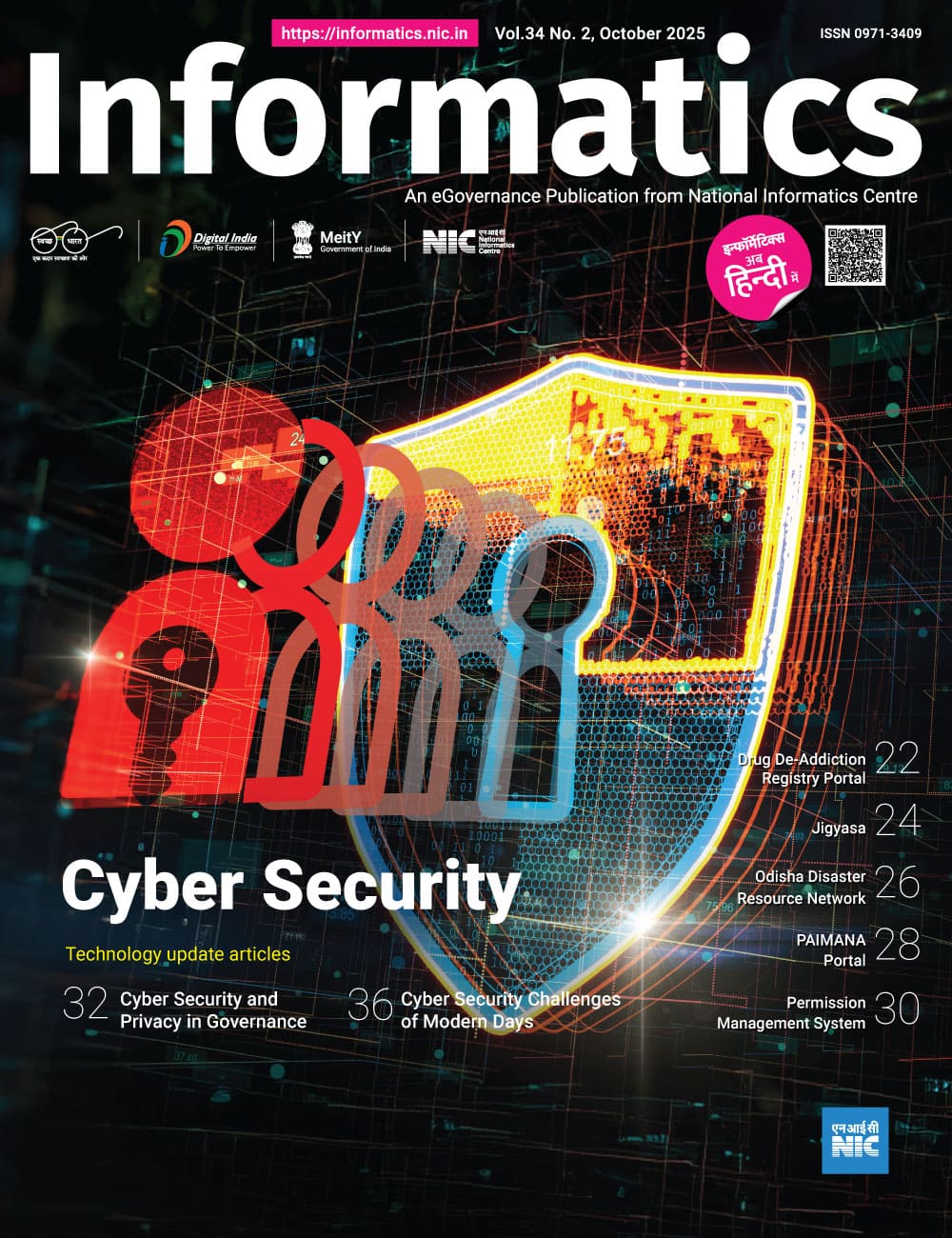
 Flipbook
Flipbook PDF (5.0 MB)
PDF (5.0 MB)
